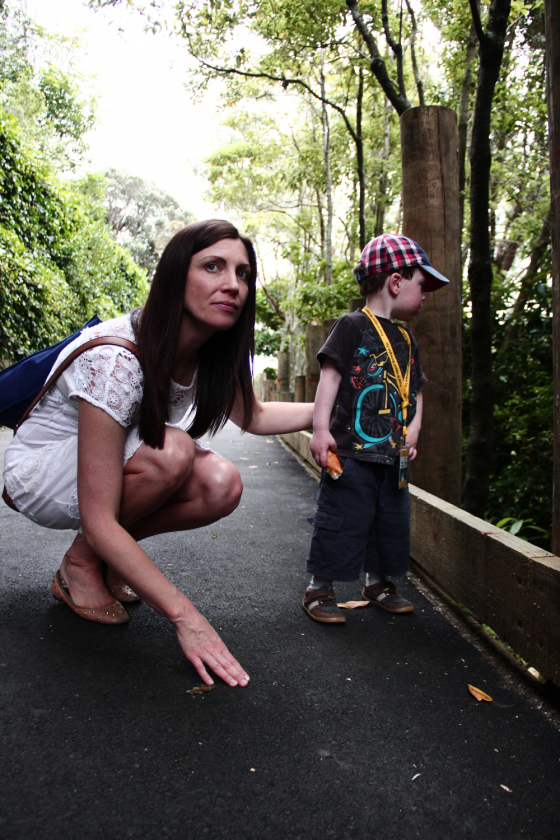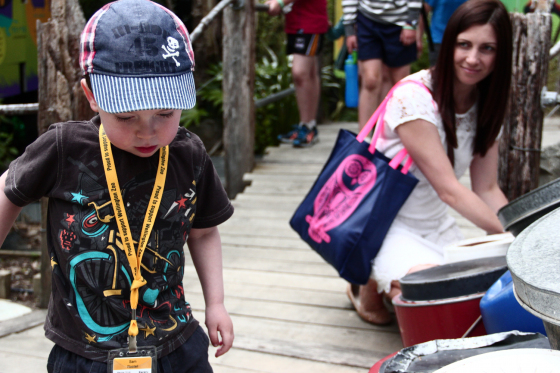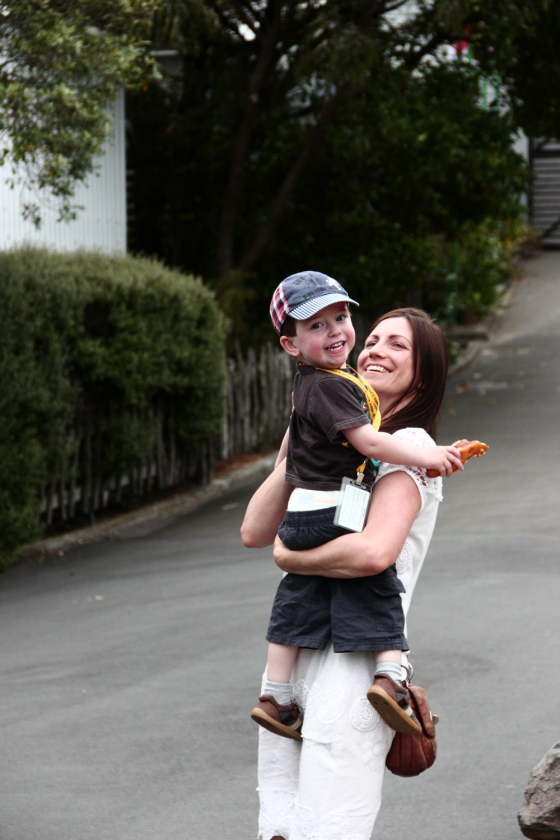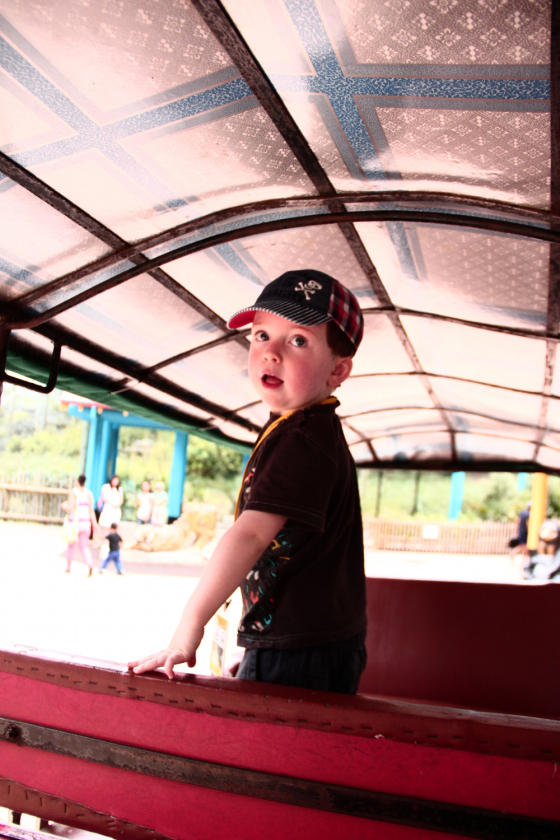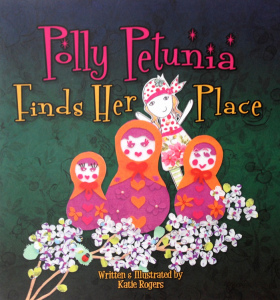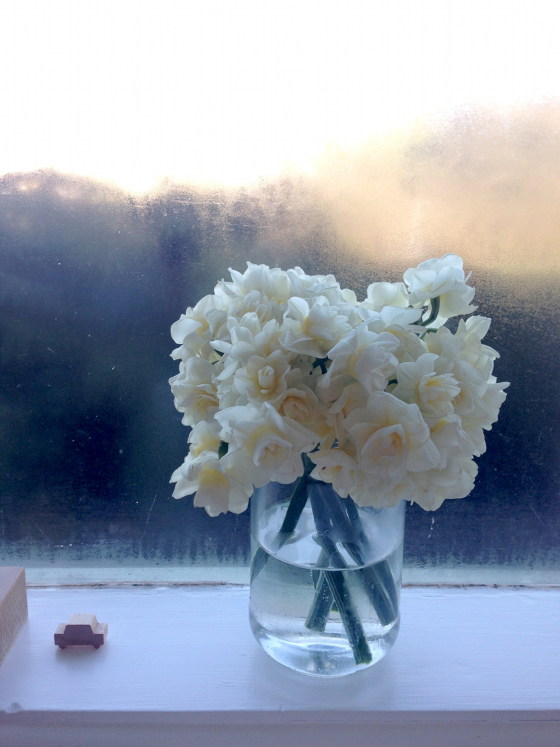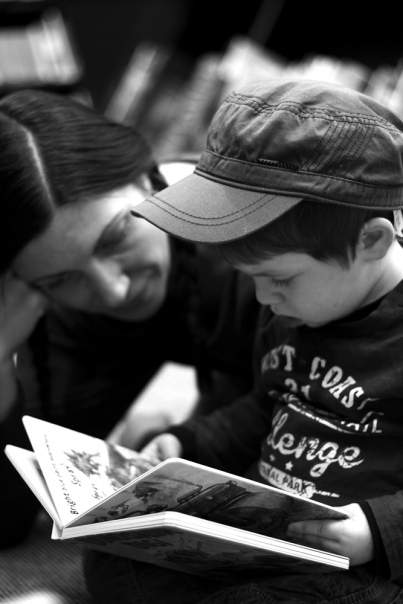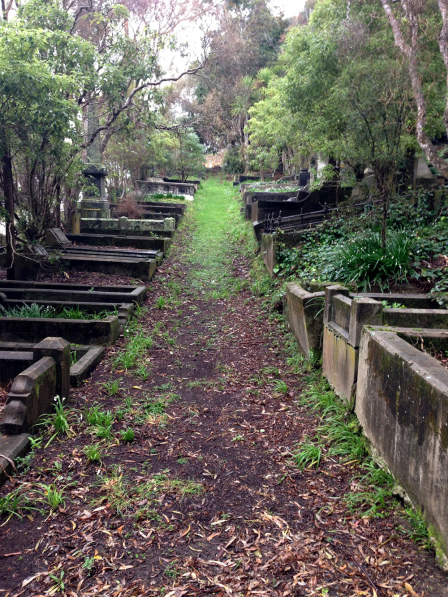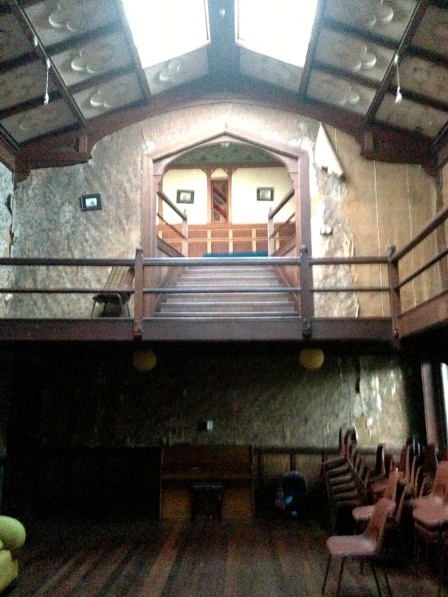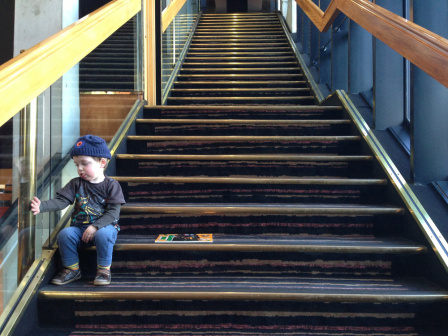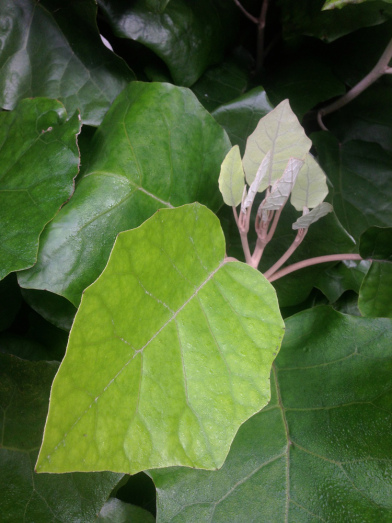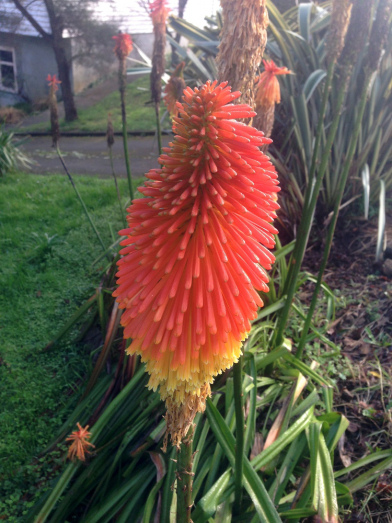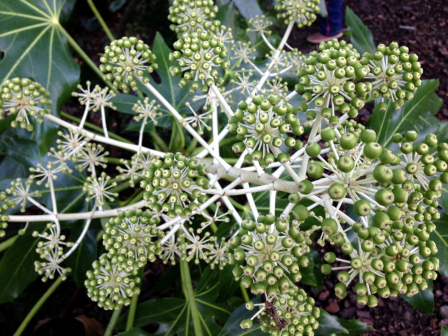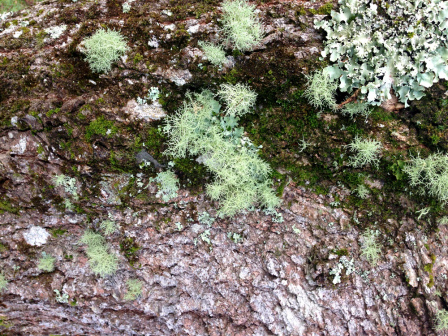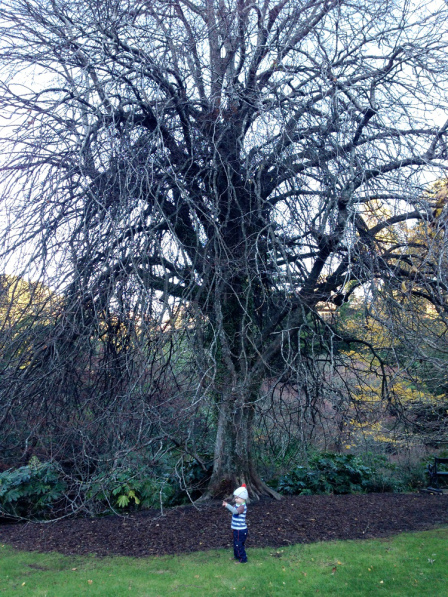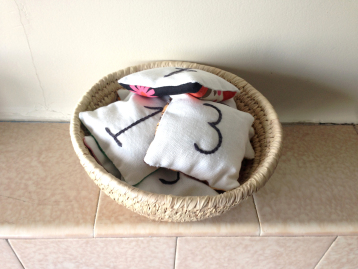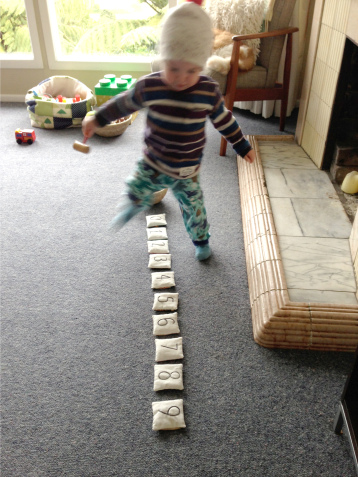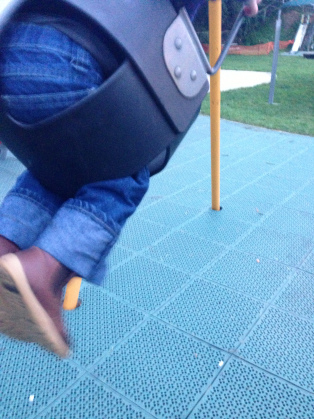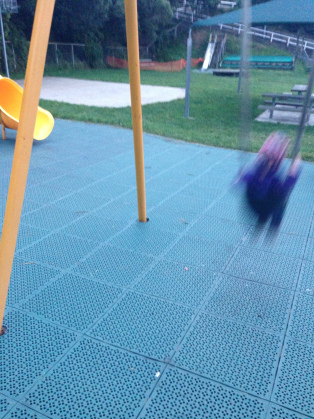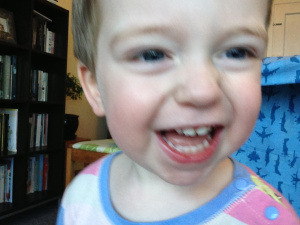
Sam turns two in just over a month. Even though it’s his birthday, I think I will buy myself a present. Mothering is hard work. Recently, though, I feel I have a bit of hindsight, and it seems a good time to blog about my experiences so far. This one is about our parenting philosophy.
How we parent
When I tell people I have a parenting philosophy they seem a bit confused. I don’t think that it’s that uncommon, though, its just that most people wouldn’t phrase it that way. Obviously our ideas have changed as we’ve learned to parent, but having a philosophy before Sam came along helped us be confident in our decisions. It also meant Jim and I were mostly on the same page, which meant we could be consistent. It also (mostly) avoided middle of the night ‘discussions’ about what we should do with the wakeful child. That is why I am sharing this, I suppose. It might be helpful to someone else. Also I feel really proud of the way I educated myself, and the energy and love my husband and I have put into raising Sam. I think it’s worth sharing.
Jim and I practise attachment parenting, which is a developmental / biologically based style of parenting that fosters emotional attachment between parent and child. Being an academic, and slightly obsessive, I did a lot of research into how I could best parent Sam. If you want to know any of the rationale behind our choices, drop me a line. I could write a whole thesis on the topic. The sources I used most were Kelly Mom, Aha! Parenting, and Ask Moxie.
While we did base our approach on research, it was also based on our gut instincts, and on the personality of our son. Sam is a very active and curious child. He has my active brain, which has made sleep hard for him. Infant sleep is probably the most dividing and controversial topic facing parents, and one I feel passionately about. Being prepared meant it’s been easy to stick to our guns (on everything, not just sleep) when faced with criticisim from friends and family, and sometimes strangers on the street! I’ve also had support of other mothers who parent in a similar way, which has been invaluable. Everyone has an opinion on how you should raise your child. So please note, other equally valid parenting styles are available, but this is the one that works for Sam. Our philosophy is pretty simple:
Be emotionally and physically available at all times, night and day. Trust that Sam knows what he needs, and validate his feelings. Treat Sam as we want to be treated, which is as an equal and individual person.
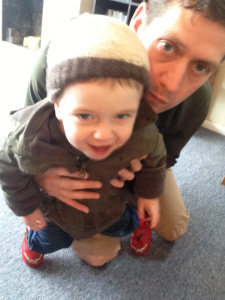
This is what our philosophy has meant in practise:
- We use gentle settling techniques (songs, cuddles, rocking, feeding) that are appropriate for his age. For example, Dr Karp, Dr Jay Gordon, and Elizabeth Pantly. We’ve never left Sam to cry himself to sleep, and over the last two years he’s learned to go to sleep by himself and self settle, and has developed a positive relationship with sleep.
- Safe co-sleeping to let Sam breast feeding on demand (which also lowers the chances of SIDs). Even though he sleeps most of the night in his room, he usually ends up in our bed by morning. We like the closeness of sleeping together.
- Baby wearing when he was an infant to keep him connected to our bodies. We used a Baby Bjorn although some research says this style of carrier isn’t the best.
- We don’t practise traditional discipline, but instead do positive parenting, which is about setting boundaries and acknowledging the child’s emotions, instead of using punishment, time-outs, redirection, or distraction. I have found this incredibly effective.
- We raise our child, not carers. In a 24 hour period, Sam’s never spent more awake time in daycare than he has with us. This was one of the most important goals for me.
- Baby led weaning (mostly). That means I breast fed on demand until Sam was 22 months, when we encouraged him to give up his final feed. In the end he had too many teeth! When he started solids (6 months) we let him feed himself with his hands and eventually a spoon. We tried not to spoon feed him, but to let him do it himself. We had a big plastic mat.
- No solids before six months. Kelly Mom has the reasons why.
- Allowing Sam to have mastery over his body. This meant not forcing things on him (e.g. jackets!), no highchairs (after the first month of solids, when it was pretty necessary), and a floor bed from 11 months. This also means going at Sam’s pace (‘toddler pace’ it’s called) so he can discover the world.
- Montessori style house environment, where everything Sam needs is at his height so he can easily access it. We also have Sam-sized real objects (rather than toys) for him to play with (whisks, hammers, screwdrivers, knives, combs, bowls and so forth) on activity trays that he gets out when he wants. My friend Kim inspired me to use Montessori.
- Toys are limited and rotated. We have tried to get him toys that focus on imaginative play, and have a one toy in, one toy out policy. We have A LOT of books, though, and try to read with him every night.
- Observational learning, which means letting Sam learn without help or instruction. I am terrible at this, but I am getting better!
- Cloth nappies, and recently signing up to the disposable nappy recycling service for the few disposables we use.
- Baby sign language from 6 months old. This really helped him manage frustration because he could communicate with us before he could talk.
- No television until 18 months old, and then limited to advert-free YouTube clips for twenty minutes, twice a day. He mostly watches Curious George.
- All standard vaccinations as well as flu and Chickenpox vaccines.
- A rule that one of us will always be available when Sam is around. This means we can’t both be using our smart phones at the same time!
- Focusing our days on fun, kindness, and togetherness.
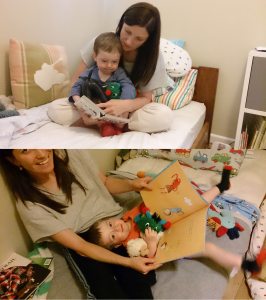
That, in a nut-shell, is it. Of course we don’t manage to follow our ideas all of the time. There was one infamous morning when Sam ‘accidentally’ had over an hour of Curious George because we were both so tired. I think I’ve yelled at him twice, and the look on his face was crushing. But, overall, I think we’re doing a good job because each morning I wake up to a sweet, loving, independent, and confident little boy.
